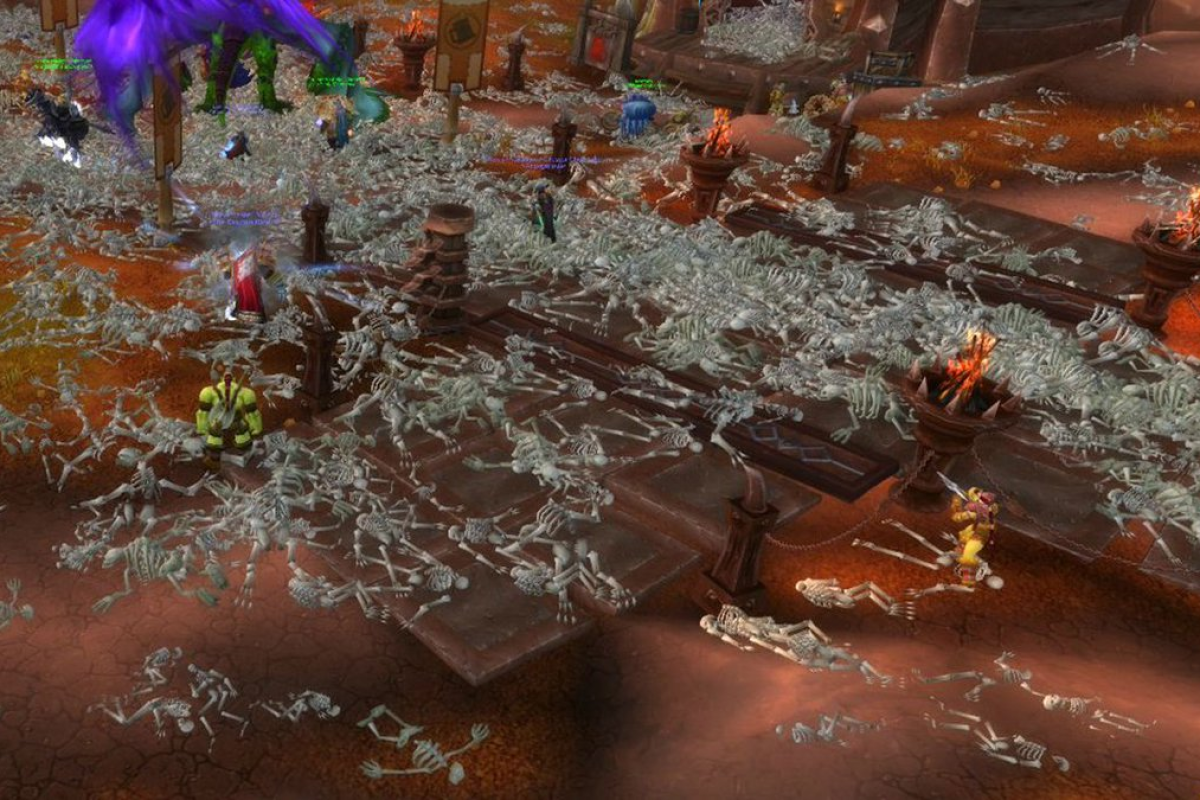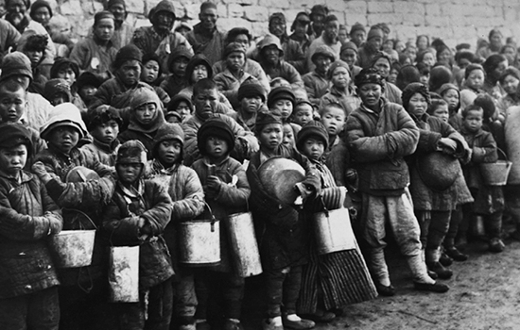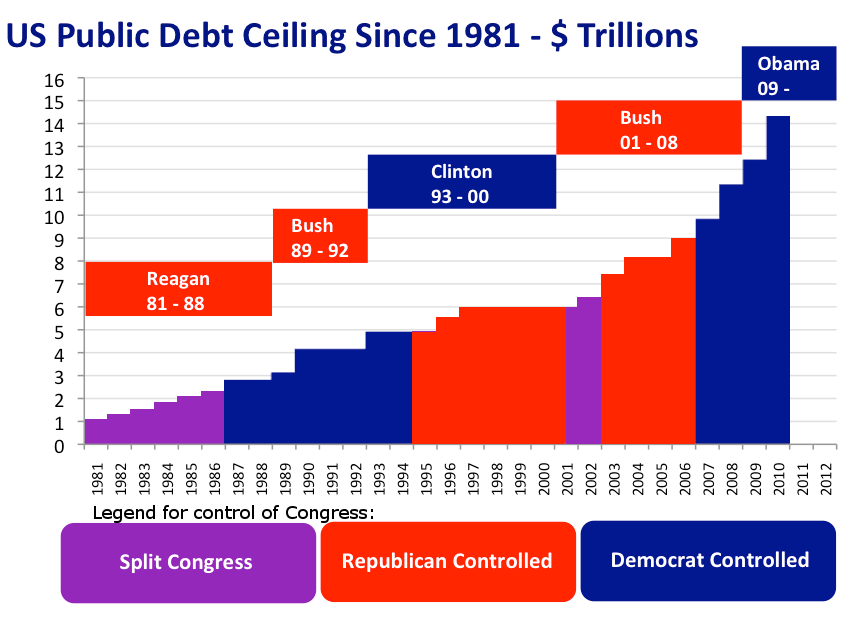To most in our generation, Pixar represents an integral part of our childhoods (to those who disagree, I’m sorry your childhood was just objectively worse). Their storytelling and commitment to quality is relatively unmatched among most animation studios. A classic example of this quality assurance is the Toy Story series: one of the pinnacles of animated storytelling. Did you know, however, that the second Toy Story movie nearly didn’t make it to the big screen?

Back in 1998, Pixar’s chief technical supervisor, Oren Jacobs, was working on the Toy Story 2 animation files with one of his colleagues when something strange began to happen. In the directory, the file for Woody’s hat suddenly disappeared. Jacobs refreshed again. Now almost all of the Woody file was gone. Uh oh. Jacobs quickly realized what was happening: one of the animators had run the command /bin/rm -r -f. This command is meant to delete everything below a current directory to remove unwanted files; however, someone had accidentally run the command and the root level for the entire Toy Story 2 directory.

Jacobs quickly and frantically called down to the machine room which housed the main servers containing the files and told them to cut the power. Unfortunately, this was a very abnormal instruction for such a large server, and the operators hesitated. By the time the plug was pulled, 90% of the movie had been deleted, and many hundreds of hours had been lost. So, they tried to pull up the back ups; however, it was not standard practice to check back ups in Pixar at the time. As soon as they tried, they discovered a critical flaw: the file size was too large. Material had been overwritten and the entire structure was messed up. It seemed hopeless, until….

Enter Galyn Susman, the supervising technical director for Toy Story 2. Susman had recently had a baby, and so she had been working with her fellow animators on the movie from home. Because of this, Susman had her own backups of the animation files on her home computer. As soon as the technical team discovered this, Susman and Jacobs hopped in her Volvo and drove to her house to retrieve the computer. They wrapped it in blankets, seat-belted it in the backseat, and drove the entire way to the studio well below the speed limit with their flashers on. After all, the files on that hard drive were a part of a movie that would gross 250 million dollars… The movie was saved!
After that whole debacle, you may think the animators would treasure each and every file and never delete them again, right? Well, about 9 months before the movie was set to release, legendary Pixar story writer, Joe Ranft, joined the project and the executive team collectively decided the current movie was not up to snuff. The project was scrapped and built from the ground up in only 9 months, an utterly insane feat for the Pixar animators. With that, Pixar would truly illustrate its dedication to the quality of its movies.









